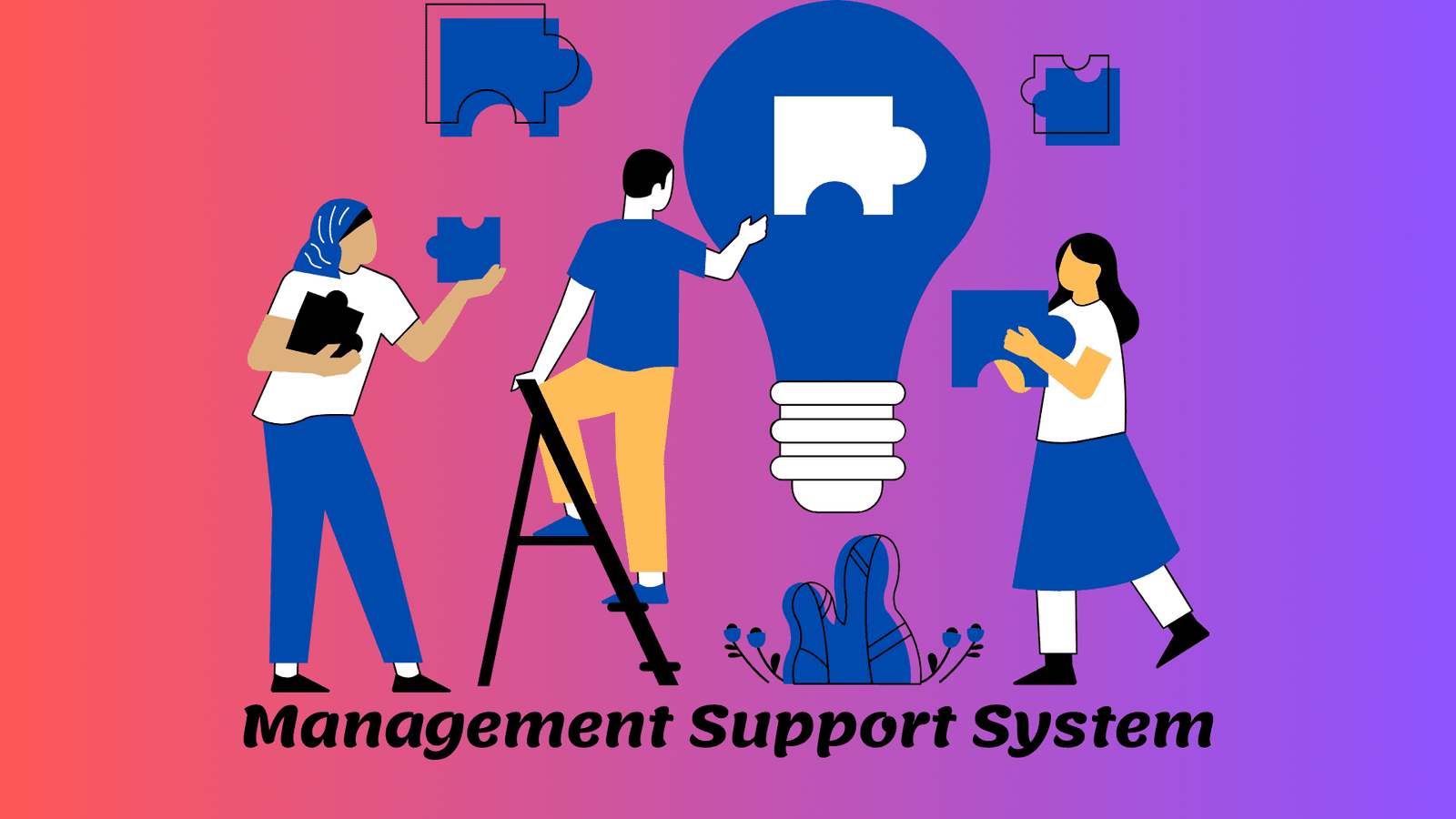Explore the essential concepts of Organizational Development (OD), including key elements, processes, and emerging trends. Learn how OD enhances organizational effectiveness, fosters innovation, and aligns strategies with goals to navigate the complexities of today’s business environment.
What is the Organizational Development (OD)?
Organizational Development (OD) is a systematic, planned process aimed at improving an organization’s effectiveness, adaptability, and capacity to achieve its goals. Rooted in behavioral science, OD focuses on aligning strategies, structures, processes, and culture with the organization’s mission and external environment. Below is a comprehensive overview that delves deeper into each aspect of OD.
Meaning and definition
Organizational Development (OD) is a deliberate, systematic approach to improving the overall health and effectiveness of an organization through planned change. It involves aligning strategy, structure, people, and processes to enable an organization to adapt to changes in the environment, enhance performance, and achieve its goals.
OD utilizes theories and principles from various fields, including psychology, sociology, and management, to facilitate the development of a positive organizational culture and improve employee engagement, learning, and collaboration.
Key Elements of Organizational Development
Change Management
Change is inevitable in any organization. Effective change management involves understanding the dynamics of change, anticipating resistance, and enabling a smooth transition. It’s essential to communicate the reasons for change clearly to all stakeholders and provide support throughout the process. Tools like Lewin’s Change Model (Unfreeze-Change-Refreeze) and Kotter’s 8-Step Process emphasize the importance of not just making changes but ensuring they stick.
Strategies: Develop a communication plan, engage stakeholders early, and incorporate feedback loops to address concerns.
Leadership Development
A robust leadership development program is crucial for cultivating effective leaders who can inspire teams and drive organizational goals. This includes tailored leadership training, workshops focused on soft skills, and creating mentorship opportunities for emerging leaders.
Programs: Leadership boot camps, executive coaching, and continuous feedback mechanisms.
Culture Transformation
Organizational culture directly influences employee behavior and overall performance. Transforming culture requires a strong vision and commitment from leadership, along with continuous education and reinforcement of desired behaviors.
Approaches: Conduct cultural assessments, engage employees in co-creating cultural values, and celebrate cultural successes.
Team Effectiveness
High-performing teams are the backbone of successful organizations. Fostering an environment of trust and collaboration helps teams achieve their goals and enhances innovation.
Activities: Team-building retreats, regular feedback sessions, and diversity initiatives to foster a sense of belonging.
Process Improvement
Efficient processes lead to better performance and customer satisfaction. Using methodologies like Lean, Six Sigma, or Agile allows organizations to minimize waste and optimize resources.
Techniques: Value stream mapping, Kaizen events, and regular process audits.
Employee Engagement
Engaged employees are more productive and committed to their organization. Creating a culture of recognition and support can significantly improve engagement levels.
Methods: Regular surveys, recognition programs, career development opportunities, and a focus on employee well-being.
OD Frameworks and Models
- Action Research Model: This model emphasizes a reflective process that allows organizations to identify problems, develop strategies, implement changes, and assess their effectiveness in a continuous loop.
- Systems Theory: This holistic perspective views the organization as an interconnected system, emphasizing that changes in one area can significantly impact others, underscoring the importance of a coordinated approach to OD efforts.
- Appreciative Inquiry: This approach focuses on what is working well in an organization, rather than solely on problems. The 4-D Cycle (Discover, Dream, Design, Deliver) encourages collective imagination and empowers employees to envision a positive future.
- McKinsey 7S Model: This model identifies seven essential elements (Strategy, Structure, Systems, Shared Values, Skills, Style, and Staff) that need to be aligned for effective organizational performance.
OD Process Steps
- Diagnosis: A thorough diagnosis involves collecting data through surveys, interviews, focus groups, and SWOT analysis. Identifying performance gaps, cultural issues, and challenges provides a foundation for strategic planning.
- Planning: Establishing clear, measurable objectives is critical. This step involves designing interventions based on diagnosis, which should be tailored to the specific needs of the organization, ensuring buy-in from stakeholders.
- Intervention: Interventions may include workshops, training sessions, restructuring efforts, or technology implementation. Careful attention must be given to the targeted outcomes and the needs of the employees involved.
- Evaluation: After implementing changes, organizations should measure the effectiveness of interventions through various performance indicators such as employee satisfaction, productivity levels, and qualitative feedback. Regular evaluations help identify lessons learned and necessary adjustments.
Examples of OD Interventions
- Corporate Restructuring: Implementation of new organizational hierarchies or departments to enhance efficiency and responsiveness to market demands.
- Mergers & Acquisitions: Managing the integration process by aligning cultures and systems, addressing employee concerns, and ensuring seamless operations post-merger.
- Digital Transformation: Adopting advanced technologies that require upskilling employees to leverage new systems effectively.
- Diversity, Equity, and Inclusion (DEI) Initiatives: Creating and enforcing policies that foster a diverse workforce and ensure equitable treatment for all employees.
Theories Informing OD
- Humanistic Psychology (Maslow, McGregor): Emphasizes the importance of understanding employee needs and motivations. The Theory Y management style promotes a positive view of employees as self-motivated and capable of growth.
- Open Systems Theory: This theory posits that organizations must be viewed within the context of their broader environment, acknowledging that they continuously adapt and evolve based on external pressures such as competition, regulations, and societal changes.
- Complexity Theory: Recognizes organizations as complex adaptive systems that thrive on interdependence and dynamic interactions. Embracing complexity fosters innovative outcomes in unpredictable challenges.
Challenges in OD
- Resistance to Change: Employees or leadership may resist adopting new processes or systems, stemming from fear of the unknown or concern about their roles. Effective communication and involvement can mitigate this resistance.
- Cultural Misalignment: When a new strategy conflicts with an existing culture, it creates barriers to successful implementation. Identifying cultural values and engaging leaders in promoting desired changes is essential.
- Sustainability: Ensuring that changes remain effective requires continual reinforcement and adjustment based on feedback and changing conditions.
- Measuring ROI: Quantifying the results of OD efforts can be challenging, particularly for intangible outcomes like morale or innovation, which require qualitative assessments in conjunction with quantitative metrics.
Emerging Trends in OD
- Agile OD: With the increasing pace of change in business environments, organizations are adopting agile methodologies that facilitate rapid, iterative development of processes and structures.
- Remote/Hybrid Work: The shift towards remote work environments necessitates new strategies for maintaining engagement, productivity, and connection among dispersed teams.
- Focus on Well-being: Organizations are beginning to recognize the importance of mental health and well-being, creating programs that prioritize employees’ emotional and physical health.
- Data-Driven OD: Utilizing data analytics to inform decisions about organizational changes, understand employee sentiments, and track progress enhances the effectiveness of OD initiatives.
Why OD Matters
In a rapidly changing world, organizations must adapt to survive. OD equips them to:
- Respond to market disruptions (e.g., technological advancements, global competition).
- Foster an environment that encourages innovation, creativity, and resilience against challenges.
- Attract, retain, and develop talent by providing a positive and fulfilling work experience.
- Align internal operations and culture with societal expectations regarding sustainability, ethical practices, and corporate governance.
Features of OD
- Systematic Approach: OD employs a structured framework for planning and implementing changes within an organization to enhance effectiveness.
- Focus on Culture and Behavior: Emphasizes the importance of organizational culture and employee behavior in driving change and achieving goals.
- Continuous Learning: Encourages a culture of ongoing learning and development to adapt to changes in the environment.
- Collaborative Process: Involves collaboration among stakeholders, including leadership, employees, and teams, for successful implementation.
- Data-Driven Decision Making: Utilizes data and analytics to inform decisions, assess needs, and measure outcomes of interventions.
- Adaptability: Acknowledges that organizations must be flexible and responsive to changes in the business environment and encourages agile methodologies.
Objectives of OD
- Enhance Organizational Effectiveness: Improve the overall performance and efficiency of the organization.
- Facilitate Change Management: Equip organizations with the tools and strategies needed to manage and adapt to changes effectively.
- Foster Employee Engagement: Develop initiatives that improve employee satisfaction, motivation, and commitment to the organization.
- Support Leadership Development: Create leaders who can inspire, engage, and manage teams effectively while driving organizational goals.
- Align Strategy and Culture: Ensure that the organization’s culture supports its strategic objectives and enhances overall performance.
- Promote Innovation: Encourage creativity and the adoption of new ideas to remain competitive in the marketplace.
Benefits of OD
- Increased Productivity: Improved processes and employee engagement lead to higher productivity levels across the organization.
- Enhanced Employee Satisfaction: A positive organizational culture and supportive environment contribute to higher employee morale and retention.
- Improved Communication: OD initiatives often focus on open communication channels, fostering better collaboration and information sharing.
- Greater Agility: Organizations that effectively implement OD can quickly adapt to market changes and emerging trends.
- Sustainable Growth: A focus on continuous improvement and development helps organizations achieve long-term growth and resilience.
- Stronger Leadership: Effective OD programs cultivate strong leaders who can navigate challenges and influence positive change within the organization.
- Diversified Perspectives: Encouraging diversity and inclusion in OD efforts leads to richer perspectives and innovative solutions.
- Better Alignment with Market Demands: OD helps organizations align their strategies with evolving market needs, ensuring relevance and competitiveness.
Case Studies
- Toyota: Known for its commitment to Lean manufacturing, Toyota effectively transformed its operations and culture, enabling it to become a leader in the automotive industry.
- Google: Fostered a culture of innovation and risk-taking by prioritizing psychological safety and open communication, which led to groundbreaking developments and employee satisfaction.
- Procter & Gamble: Used OD principles to shift from traditional hierarchical structures to a more collaborative approach, enhancing agility and responsiveness in the marketplace.
Organizational Development is not a one-time fix but an ongoing journey. By prioritizing people, processes, and purpose, OD helps organizations thrive amid complexity, fostering a culture of continuous improvement while creating value for both stakeholders and society. In a time when adaptability is critical, organizations that invest in OD are likely to achieve sustainable success and maintain a competitive edge in their respective industries.
FAQs
1. What is Organizational Development (OD)?
OD is a systematic process focused on improving an organization’s effectiveness, adaptability, and capacity to achieve goals by aligning strategies, structures, processes, and culture.
2. What are the key elements of OD?
Key elements include Change Management, Leadership Development, Culture Transformation, Team Effectiveness, Process Improvement, and Employee Engagement.
3. What frameworks inform OD?
Popular models include Action Research, Systems Theory, Appreciative Inquiry, and the McKinsey 7S Model.
4. What are the steps in the OD process?
The OD process typically involves Diagnosis, Planning, Intervention, and Evaluation.
5. What are some common OD interventions?
Interventions can include Corporate Restructuring, Mergers & Acquisitions, Digital Transformation, and DEI Initiatives.
6. What challenges does OD face?
Challenges include Resistance to Change, Cultural Misalignment, ensuring sustainability, and measuring ROI.
7. What are emerging trends in OD?
Trends include Agile OD methodologies, Remote/Hybrid Work strategies, a focus on Employee Well-being, and Data-Driven OD.
8. Why does OD matter?
OD helps organizations adapt to change, foster innovation, attract talent, and align operations with societal expectations.
9. What are the objectives of OD?
Objectives include enhancing effectiveness, facilitating change management, fostering engagement, supporting leadership development, and promoting innovation.
10. What are the benefits of OD?
Benefits include increased productivity, enhanced employee satisfaction, improved communication, greater agility, and sustainable growth.
11. Can you provide examples of successful OD?
Examples include Toyota’s Lean manufacturing approach, Google’s culture of innovation, and Procter & Gamble’s collaborative strategy shift.

















